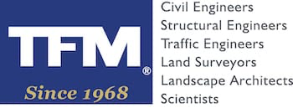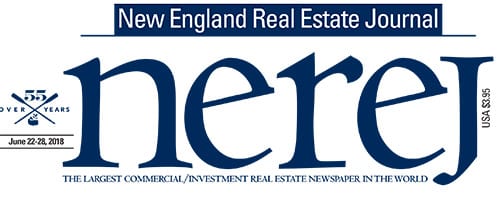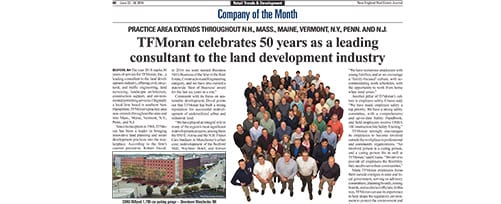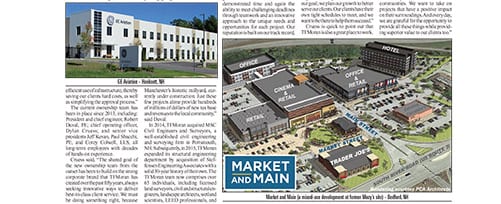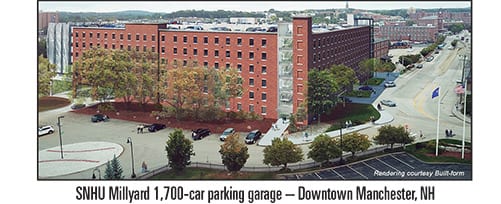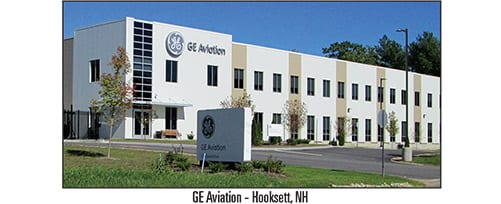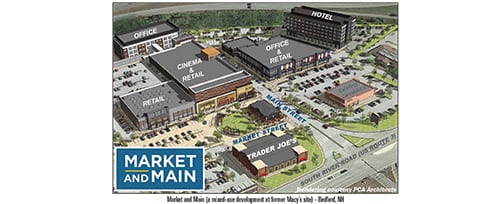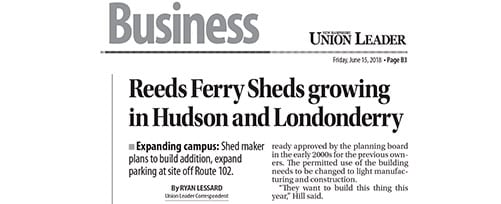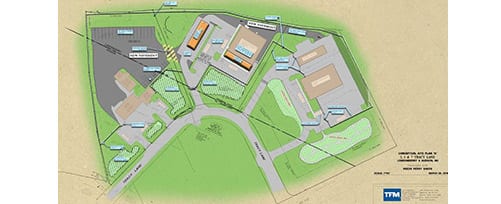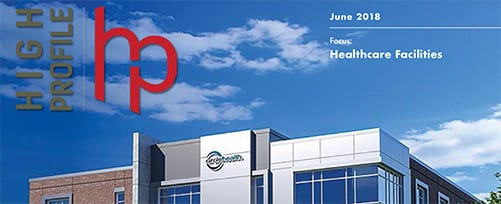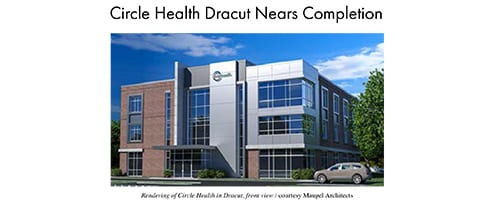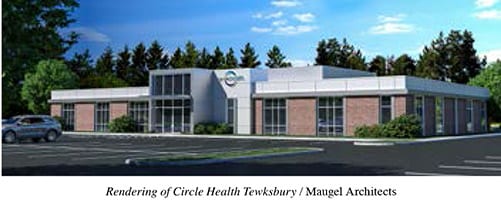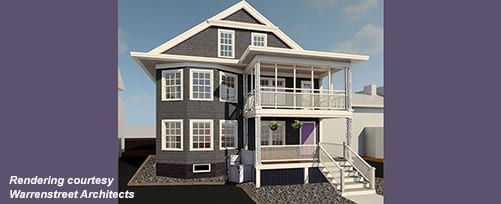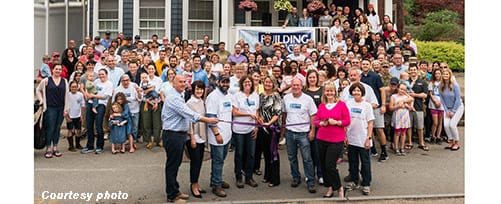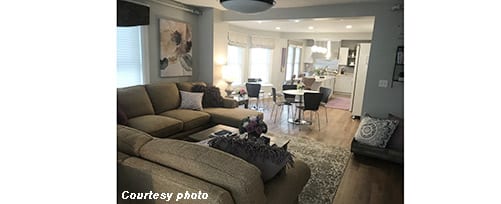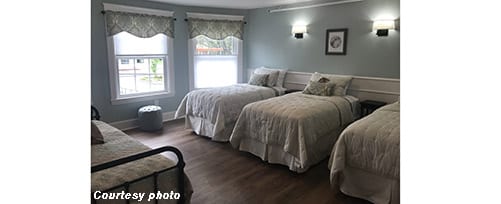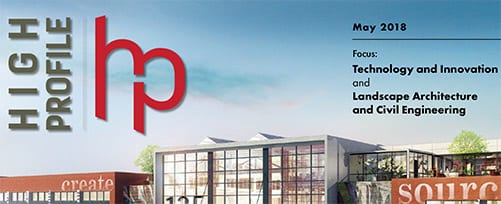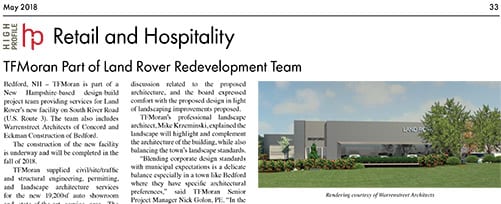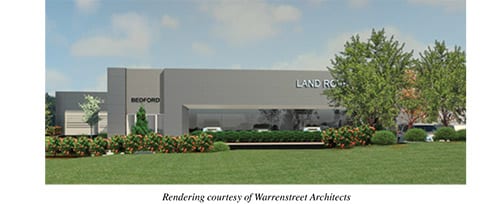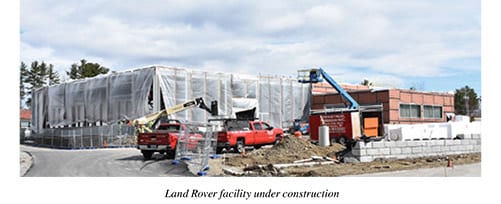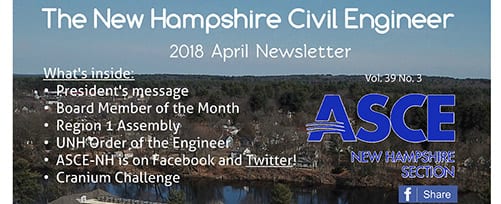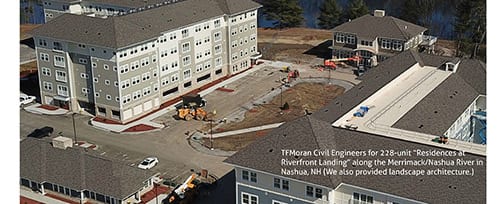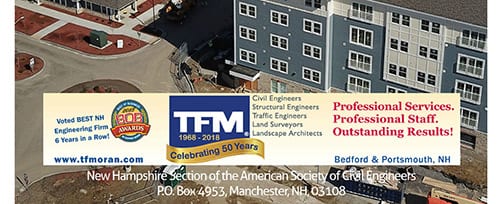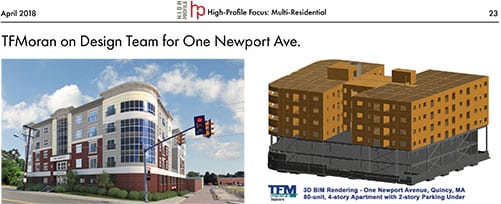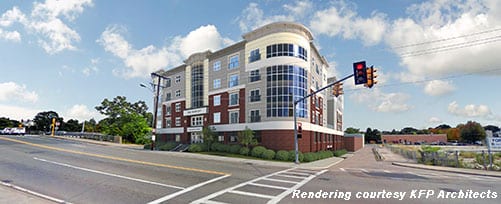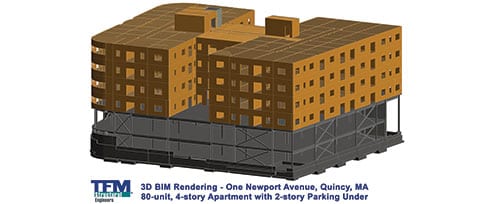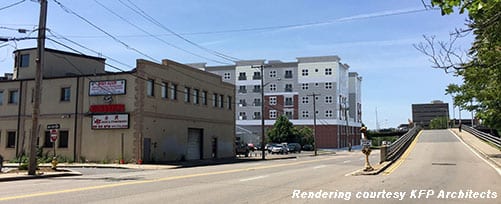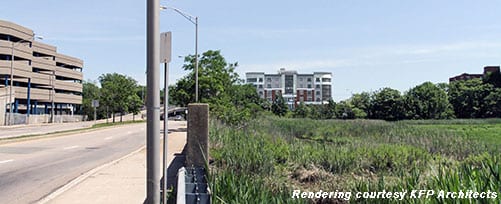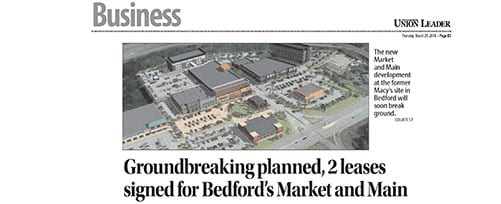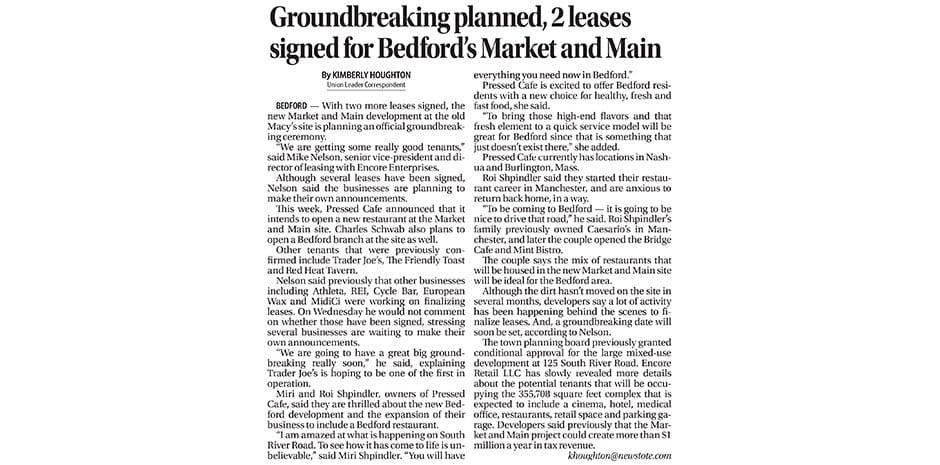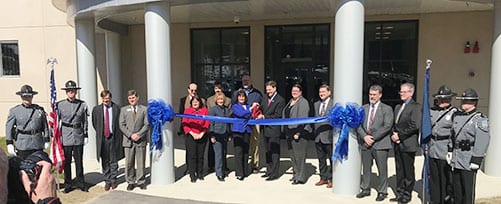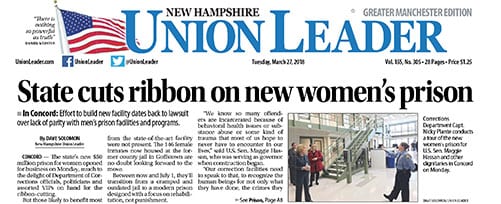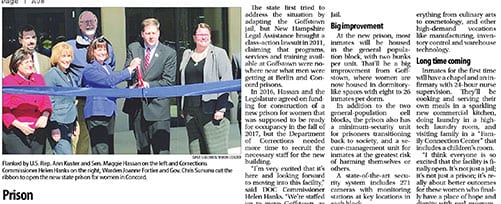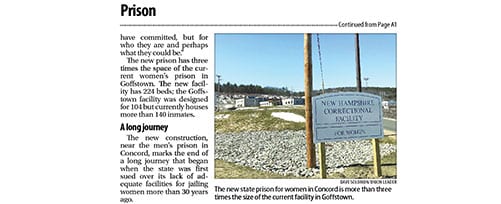TFMoran is very excited to be selected as New England Real Estate Journal‘s Company of the Month in the Retail Trends & Development section of the June 22-28, 2018 issue! The full page article focuses on the Company’s 50 years as a leading consultant to the land development industry, and features the staff of nearly 70 professionals, plus current high-profile projects in southern New Hampshire. And, we made the NEREJ cover, check it out TFMoran on NEREJ Cover June 2018 To view the printed article click on the following pdf link TFMoran is NEREJ’s Company of the Month for June 2018 or read the text below.
June 22-28, 2018 New England Real Estate Journal
Retail Trends & Development
Company of the Month
PRACTICE AREA EXTENDS THROUGHOUT N.H., MASS., MAINE, VERMONT, N.Y., PENN. AND N.J.
TFMoran celebrates 50 years as a leading consultant to the land development industry
BEDFORD, NH The year 2018 marks 50 years of service for TFMoran, Inc., a leading consultant to the land development industry, offering civil, structural, and traffic engineering, land surveying, landscape architecture, construction support, and environmental permitting services. Originally a local firm based in southern New Hampshire, TFMoran’s practice area now extends throughout the state and into Mass., Maine, Vermont, N.Y., Penn., and N.J.
Since its inception in 1968, TFMoran has been a leader in bringing innovative land planning and smart development practices into the marketplace. According to the firm’s current president, Robert Duval, “TFMoran has been designing sustainable sites long before it became a buzzword. By their very nature, good designs reduce impacts to the natural environment, harmonize with their surroundings, make more efficient use of infrastructure, thereby saving our clients hard costs, as well as simplifying the approval process.”
The current ownership team has been in place since 2013, including: President and chief engineer, Robert Duval, PE; chief operating officer, Dylan Cruess; and senior vice presidents Jeff Kevan, Paul Sbacchi, PE, and Corey Colwell, LLS, all long-term employees with decades of hands-on experience.
Cruess said, “The shared goal of the new ownership team from the outset has been to build on the strong corporate brand that TFMoran has created over the past fifty years, always seeking innovative ways to deliver best-in-class client service. We must be doing something right, because in 2016 we were named Business NH’s Business of the Year in the Real Estate, Construction and Engineering category, and we have also earned a statewide ‘Best of Business’ award for the last six years in a row.”
Consistent with its focus on sustainable development, Duval points out that TFMoran has built a strong reputation for successful redevelopment of underutilized urban and industrial land.
“We have played an integral role in many of the region’s most significant redevelopment projects, among them the SNHU Arena and the N.H. Fisher Cats Stadium in Manchester’s urban core; redevelopment of the Bedford Mall, Wayfarer Hotel, and former Macy’s properties in Bedford; the GE Aviation Plant expansion in Hooksett, conversion of several mill buildings in Lowell and Lawrence to residential/ commercial use, and a new 1,700-car parking garage at the south end of Manchester’s historic millyard, currently under construction. Just these few projects alone provide hundreds of millions of dollars of new tax base and revenues to the local community,” said Duval.
In 2014, TFMoran acquired MSC Civil Engineers and Surveyors, a well-established civil engineering and surveying firm in Portsmouth, NH. Subsequently, in 2015, TFMoran expanded its structural engineering department by acquisition of Steffensen Engineering Associates with a solid 30-year history of their own. The TFMoran team now comprises over 65 individuals, including licensed land surveyors, civil and structural engineers, landscape architects, wetland scientists, LEED professionals, and erosion control (CPESC) specialists.
Jeff Kevan, manager of the civil engineering group, points out that one of TFMoran’s primary strengths is taking on large projects with aggressive schedules. “Our team has demonstrated time and again the ability to meet challenging deadlines through teamwork and an innovative approach to the unique needs and opportunities for each project. Our reputation is built on our track record, and our record is evidence of the pride we take in what we do.”
“We have experienced strong growth over the past few years,” said Paul Sbacchi, chief structural engineer. “But growth in itself is not our goal; we plan our growth to better serve our clients. Our clients have their own tight schedules to meet, and we want to be there to help them succeed.”
Cruess is quick to point out that TFMoran is also a great place to work. “We have numerous employees with young families, and so we encourage a ‘family-focused’ culture, with accommodating work schedules, with the opportunity to work from home when need arises.”
Another pillar of TFMoran’s culture is employee safety. Cruess said, “We have made employee safety a top priority. We have a strong safety committee, with a comprehensive and up-to-date Safety Handbook, and field employees receive OSHA 10 Construction Site Safety Training.”
TFMoran strongly encourages its employees to become involved outside the workplace in professional and community organizations. “An involved person is a caring person, and a caring person fits in well at TFMoran,” said Cruess. “We strive to provide all employees the flexibility they need to serve their communities.”
Many TFMoran employees focus their outside energies in state and local government, serving on advisory committees, planning boards, zoning boards, and as elected officials. In this way, TFMoran can use its experience to help shape the regulatory environment to protect the environment and foster economic prosperity.
How would you summarize the TFMoran philosophy? According to Duval, “We want to be leaders and innovators in our industry, and active, responsible members of our communities. We want to take on projects that have a positive impact on their surroundings. And every day, we are grateful for the opportunity to provide all these things while providing superior value to our clients too.”
